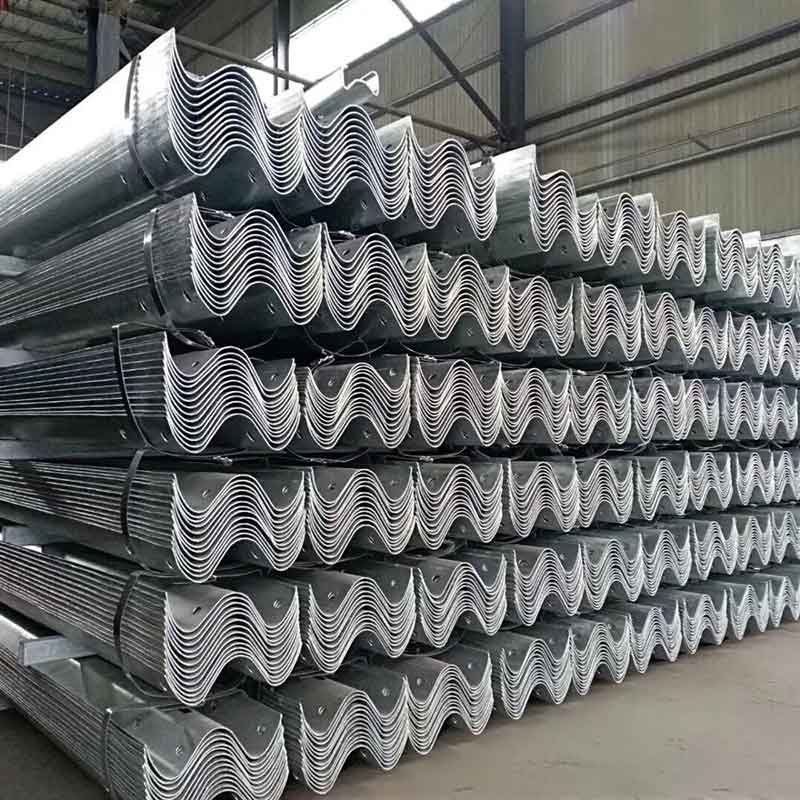Highway guardrail can protect the safety of out-of-control vehicles and occupants and reduce the severity of the accident
The waveform of the highway guardrail has a certain arc, which can decompose the force into two directions. The moment the vehicle collides with the guardrail, the force of the vehicle can be decomposed into lateral force and longitudinal force. The lateral force is perpendicular to the longitudinal plane of the guardrail. It is balanced by the reaction force of the guardrail. In the direction of the vehicle movement, the spread of the deformation wave of the guardrail produces movement resistance to the vehicle.
The longitudinal force acts along the longitudinal plane of the guardrail and depends on the friction between the vehicle and the guardrail. Under the action of resistance in these two directions, the vehicle slows down and turns at a certain angular speed. The magnitude of the angular velocity is proportional to the moment difference of the upper force relative to the center of mass of the vehicle, and inversely proportional to the moment of inertia of the vehicle. If the moment caused by the lateral force is greater than the moment caused by the longitudinal force, the vehicle will lean against the guardrail to correct the trajectory of the vehicle; otherwise, adverse consequences such as lateral rotation or rollover of the vehicle will occur. A good guardrail structure should have a better function of reducing collision energy. And can correct the trajectory of the vehicle to protect the safety of the out-of-control vehicle and the occupants. Reduce the severity of the accident.






